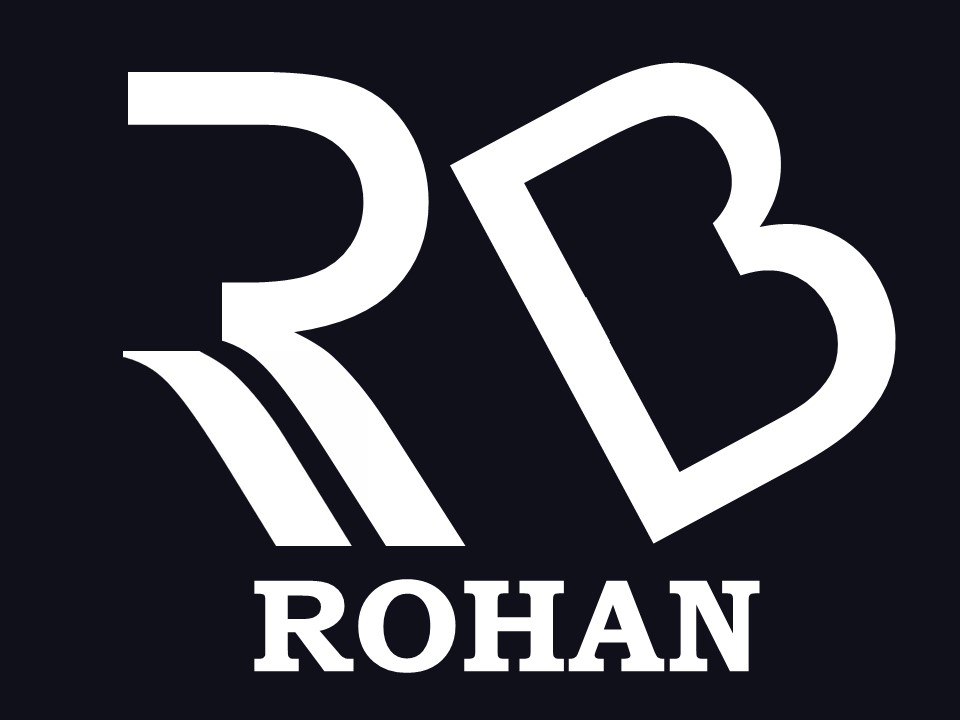STATA is a very powerful, but not an open-source, data analysis software.
// Note: commands in // or * are comments. The commands in quotes are Stata Syntax.
//By Mr. Rohan Byanjankar
Supportive materials
Excel file: Download
Do file: Download
//Easily copiable Do file Syntax
PDF file with Syntax: Download
//clearclear *syntax
*import excel "",sheet("Data") firstrow
import excel "D:\~~~SPSS session\Materials\Files\2077.06.18 SPSS dataset sudal.xlsx", sheet("Data") firstrow browse in 1/20 edit label variable Household "Household ID" rename Membersinfamily hhsize gen new_var=0 drop new_var count if Age>=40 sort Age label define Gender 1"Male" 2"Female"
label values Gender Gender label list Gender label define Religion 1"Hindiusm" 2"Kirat" 3"Buddhist"
label values Religion Religion label list Religion label define Familytype 1"Nuclear" 2"Joint"
label values Familytype Familytype label def Education 1"Never Attended School" 2"Attended School" ///
3"SLC" 4"Intermediate" 5"Bachelors" 6"Masters"
label values Education Education label def Area 1"Sudal" 2"Koteshwor"
label values Area Area //Same process of labeling other variables
//Recoding variable Age
//syntax
*recode <variable_name> <(range=code "label")>,gen<new_variable_name>
recode Age (min/20=1 "Below 20") (20/30=2 "20-30") ///
(30/40=3 "30-40")(40/50=4 "40-50")(50/60=5 "50-60") ///
(60/max=6 "60+"),gen(age_group)
list Age age_group
label var age_group "Grouping of Age" tab Gender tab Gender,missing //if there is missing values tab Occupation tab Occupation,missing tab Religion //display with label name tab Religion, nol
tab Gender,nol //do not display labels tab Education tab1 Gender Education Familytype tab Gender Education tab Gender Area tab2 Gender Area Gender Education tab Gender Education, row tab Gender Area, row tab Gender Education, col tab Gender Area, col tab Gender Education, row nofreq tab Gender Area, row nofreq tab Gender Education, col nofreq tab Gender Area, col nofreq //bar chart
graph bar,over(Area) ///
blabel(bar,position(outside) size(11pt)) ///
ylabel(none) ytitle("Percentage") yscale(r(0,70)) ///
title("Percentage of respondents by Area",margin(b=4)) ///
caption("Source: Author's own data") ///
asyvars graph pie,over(Area) graph box Food_today,over(Area) ///
ylabel(none) ytitle("Food expenses in Rs.") ///
title("Box plot of Food expenses in Sudal and Koteshwor",margin(b=4)) ///
asyvars ///
box(1,color(red)) ///
box(2,color(navy)) ///
legend(stack size(small) ///
title(Area of respondents,size(medium)))
graph export boxplot.png,replace sum Food_today,detail corr Food_today Food_10_years_ago pwcorr Food_today Food_10_years_ago pwcorr Food_today Food_10_years_ago,sig pwcorr Food_today Food_10_years_ago,star(0.05) //show star if sig.<0 .05="" code="">ttest Food_today=10000 by Area,sort:ttest Food_today == 10000 //null: there is no difference between food expenses in sudal and koteshwor.
//numerical variable and categorical
*syntax: ttest numercial_var,by(categorical variable) //equal variance
ttest Food_today,by(Area) ttest Food_today,by(Area) unequal //null/claim: Food expenses today=Food expenses 10 year ago
ttest Food_today==Food_10_years_ago //z-test valid for large sample but t-test valid for both large and small samples.
//null: food expenses=10000
//p<0.05 we reject our claim.
ztest Food_today=10000 //null: there is no difference between food expenses in sudal and koteshwor.
//numerical variable and categorical
*syntax: ttest numercial_var,by(categorical variable)
ztest Food_today,by(Area) //extension of independent sample t test
//one numerical and other categorical with more than two categories
//in case of t test
//one numerical and other categorical with only two categories
*syntax anova num_var cat_var
//null: there is no difference between food expenses among religious groups
//p<0.05 we reject our claim.
anova Food_today Religion tab Gender Area,chi2 tab Gender Area,chi2 expected //for Fischer test
tab Gender Area,chi2 expected exact tab Gender Area,chi2 expected exact lrchi2 gen ln_food_today=ln(Food_today) gen ln_avg_income=ln(AverageIncome) reg ln_food_today i.Area i.Gender Age ln_avg_income //area: The food expenses in Koteshwor are 65 percent higher than the food expenses in Sudal. //Income: If income increases by 10 percent, then food expenses increase by 1.9 percent.
//test for multicollinearity and heteroskedasticity
//for multicollinearity and heteroskedasticity
vif
//rule: if vif is less than 10, the model is free from multicollinarity
//for heteroskedasticity
estat hettest
//for autocorrelation only for time series data
estat dwatson
gen gender1=0 replace gender1=1 if Gender==1 //logit coefficients are not intrepretable as the coefficients of OLS. These coefficients only show the nature of relationship between the dependent and independent variable.
logit gender1 ln_food_today ln_avg_income i.Area i.Familytype //It is the odds ratio that matters the most. An odds ratio is the ratio of the probability of happening an event by the probability of not happening an event. If an odds ratio is greater than 1, then the probability of happening an event is greater. Suppose, an odds ratio of "landless" to poverty in logit regression is 1.2, then it means that the probability of being poor increases by 20 percent [(1.2-1)*100] for "landless" households compared to houesholds with "land"..
//we will use outreg2 ssc install outreg2
logit gender1 ln_food_today ln_avg_income i.Area i.Familytype,or //test: mispecification test
ssc install linktest,replace //install linktest in stata
linktest
//goodness of fit
estat gof
//fitstat
fitstat
reg gender1 ln_food_today ln_avg_income i.Area i.Familytype
estat hettest
vif //logit coefficients
logit gender1 ln_food_today ln_avg_income i.Area i.Familytype
//odds ratio
logit gender1 ln_food_today ln_avg_income i.Area i.Familytype,or
//for marginal effect
mfx,force reg ln_food_today i.Area i.Gender Age ln_avg_income
outreg2 using word.doc,label logit gender1 ln_food_today ln_avg_income i.Area i.Familytype
outreg2 using word1.doc,label ctitle(Logit Coeff) replace logit gender1 ln_food_today ln_avg_income i.Area i.Familytype,or
outreg2 using word1.doc,label ctitle(Odds ratio) append eform mfx,force
outreg2 using word1.doc,label ctitle(mfx) append mfx 

Post a Comment